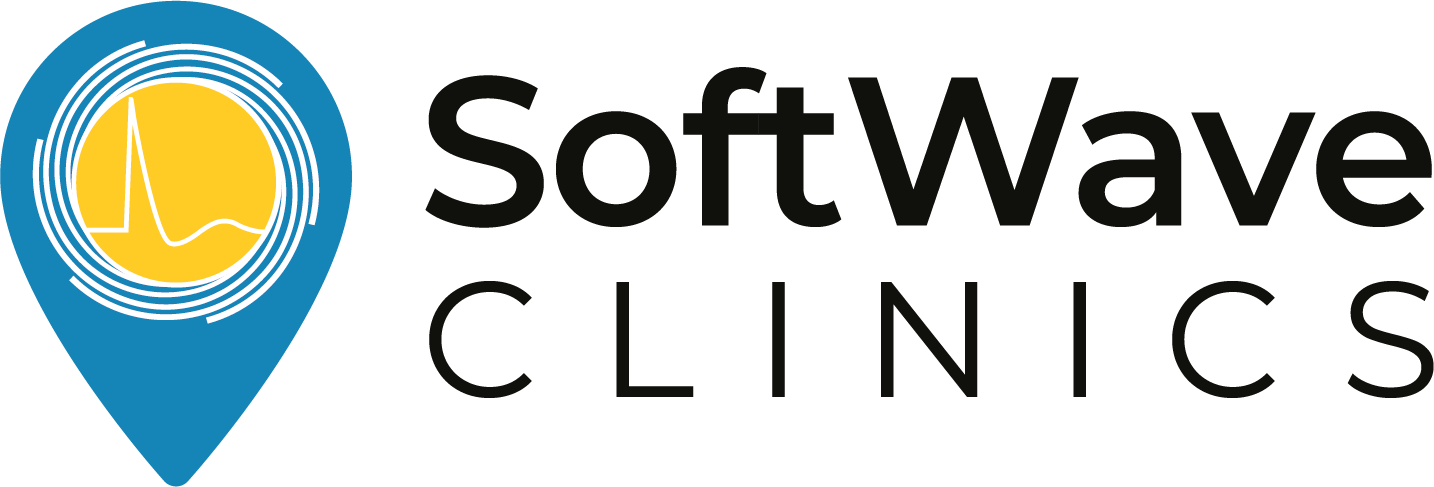Shockwave Therapy Heals Dystrophic Calcinosis Cutis Ulcer
Title of study: Effectiveness of Extracorporeal Shock Wave Lithotripsy to Treat Dystrophic Calcinosis Cutis Ulcers
Authors: A.M. Delgado-Márqueza, M. Carmonab, F. Vanaclochaa, C. Postigoa
In this case study, a 78-year-old woman with various medical conditions, including lupus erythematosus and scleroderma, presented with painful ulcers on her right leg caused by dystrophic calcification. Previous treatments had provided limited success. The patient underwent shockwave therapy using low-density, broad-focused shock waves at regular intervals.
The results were remarkable. The patient experienced significant pain reduction, and the size of the ulcers progressively decreased. By the end of the therapy sessions, the ulcers were almost completely healed. This treatment approach was well-tolerated by the patient, with no adverse effects reported.
Dystrophic calcification occurs when insoluble calcium deposits form in the skin and soft tissues due to tissue damage. It often accompanies autoimmune connective tissue disorders such as scleroderma and dermatomyositis. Ulcers resulting from dystrophic calcification are challenging to manage, and no universally effective treatment exists.
Extracorporeal shockwave therapy, commonly used in urology and orthopedics, has been applied to various types of ulcers. In this case, low-density shockwaves were used, targeting the affected soft tissues. The shockwaves activated regenerative cells, promoted angiogenesis (formation of new blood vessels), and provided pain relief.
This study presents a unique case of dystrophic calcification ulcers successfully treated with shockwave therapy. The therapy resulted in significant pain reduction, improved wound healing, and minimal complications. It demonstrates the potential of shockwave therapy as a safe and effective treatment option for challenging ulcers associated with dystrophic calcification.
It’s important to note that this case study represents a single patient, and further research involving larger patient groups is needed to validate the findings. Nevertheless, shockwave therapy shows promise as a non-invasive, well-tolerated, and potentially transformative approach in the management of dystrophic calcification ulcers.
